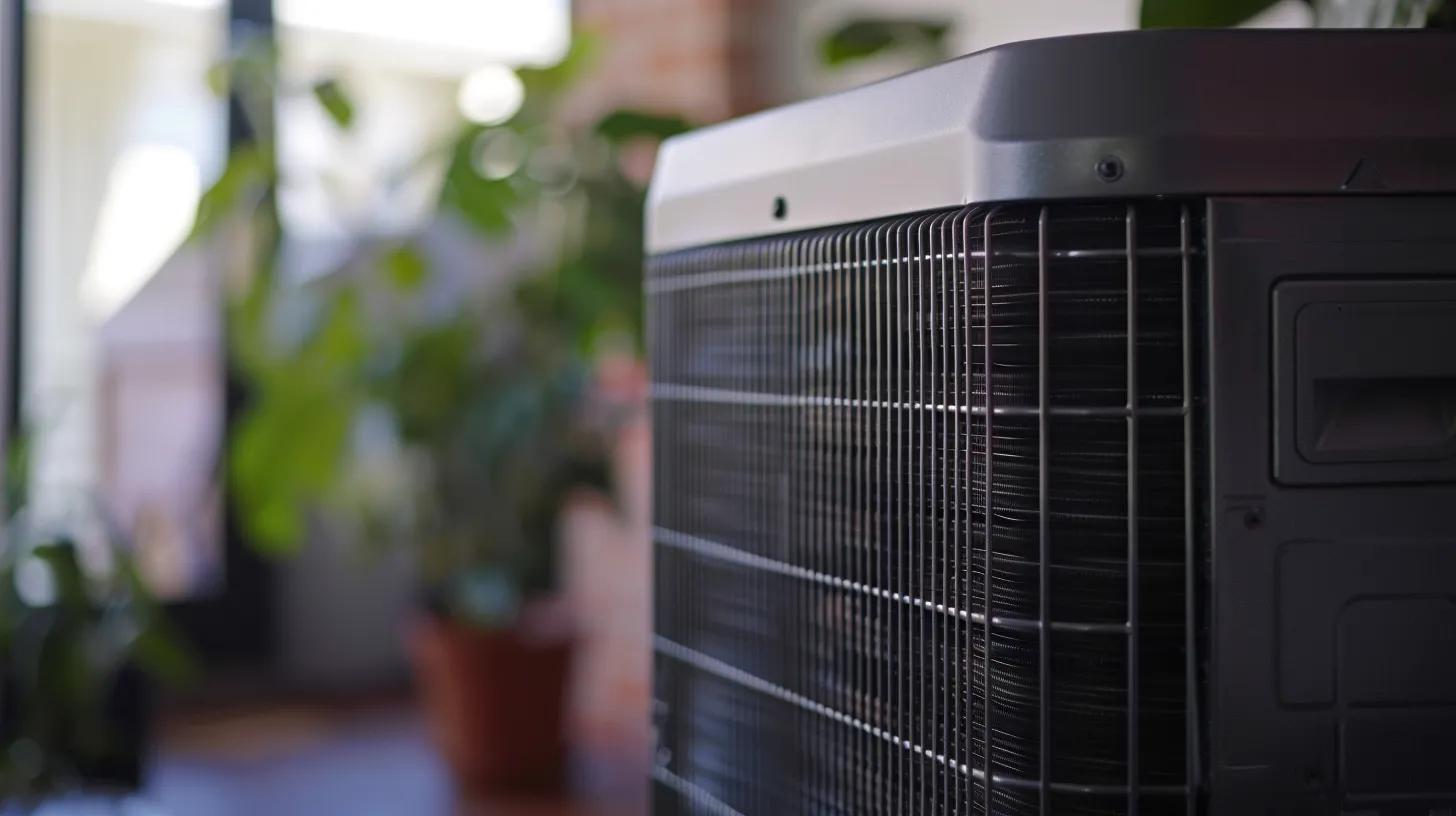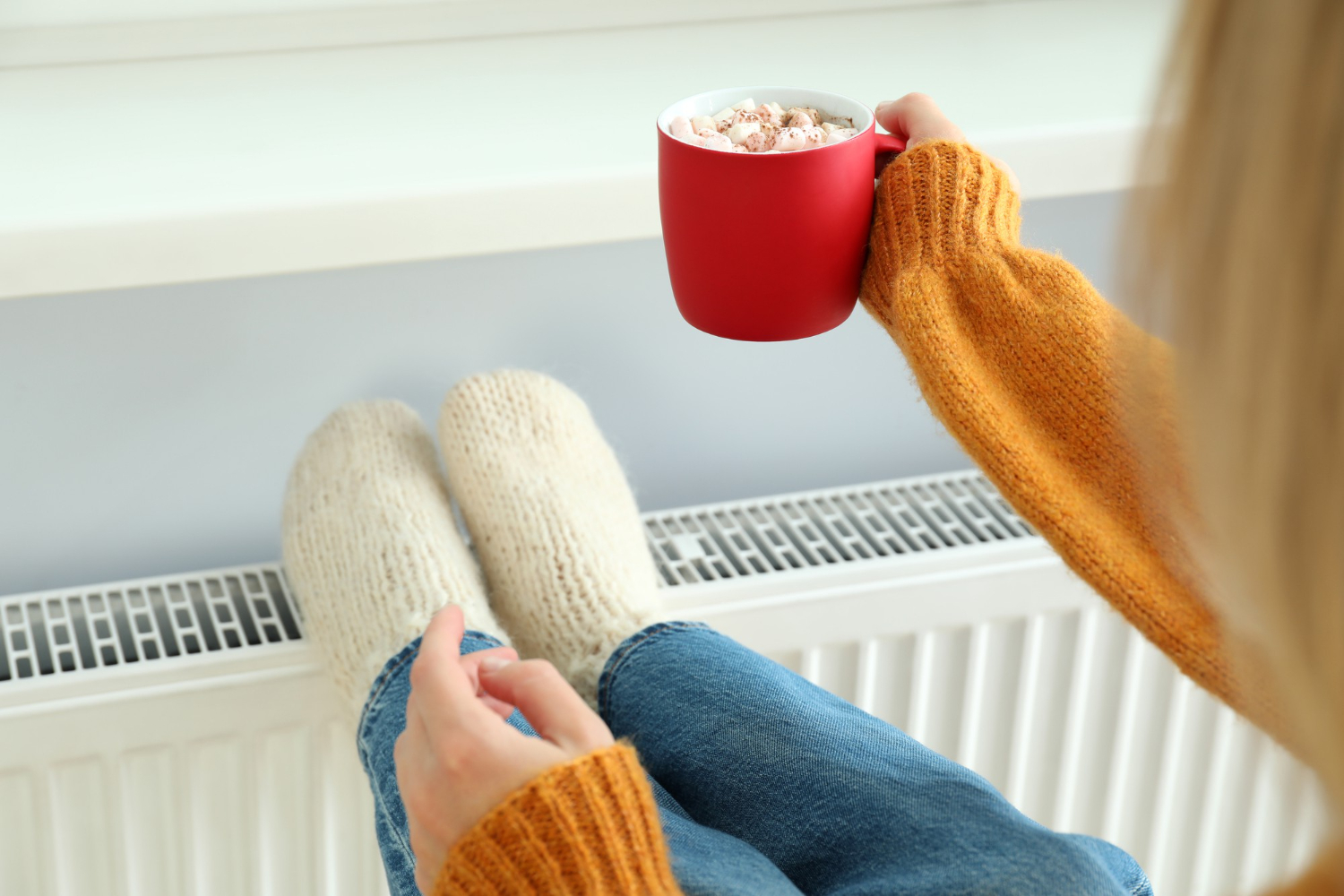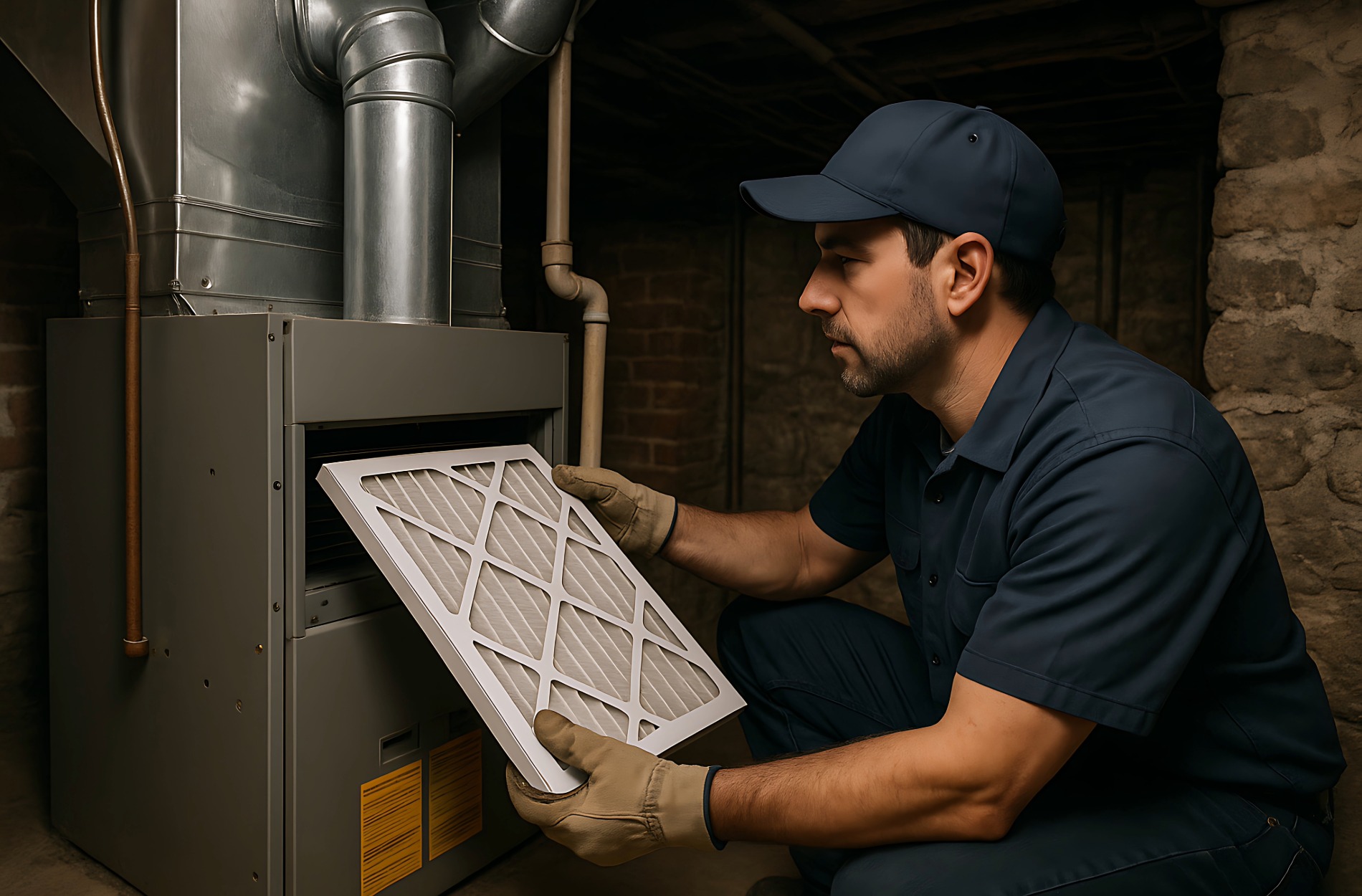When temperatures drop in Mocksville, most homeowners count on their furnaces to keep things safe and comfortable indoors. But when something goes wrong, that comfort can quickly disappear. One of the most serious issues your furnace can face is a cracked heat exchanger. It’s not something you can spot easily, but it can affect the safety, air quality, and overall heating performance in your home.
A damaged heat exchanger doesn’t just lead to breakdowns — it can also pose health risks and make your furnace work harder than it should. Whether you’re dealing with unexplained odors or sudden furnace shutdowns, it’s important to take these signs seriously. Recognizing the problem early can help you avoid costly repairs and keep your home safe through colder months.
What Is a Heat Exchanger?
The heat exchanger is one of the most important parts of your furnace. It’s the component that actually heats the air before it flows through your home. When the burner ignites fuel, the heat exchanger warms up, and air is pushed across it. That warm air is what you feel coming through your vents.
But it’s not just about warmth. The heat exchanger also plays a role in separating harmful gases from your indoor air. As the furnace burns fuel, it creates combustion gases like carbon monoxide, which are carried away through the flue. The heat exchanger keeps those gases from mixing with the air coming into your home. So, if it cracks, it compromises both safety and heating efficiency.
When this sealed metal part develops cracks, usually due to age, stress from temperature changes, or poor airflow, it allows combustion gases to leak into the airflow. Fuel efficiency drops, indoor air gets contaminated, and the furnace may become loud or unpredictable. That’s why taking action early makes a big difference.
Warning Signs That Point to a Cracked Heat Exchanger
If your furnace is acting strange, don’t ignore the signs. A cracked heat exchanger often shows up through symptoms that seem small at first but build up quickly. Here’s what to watch for:
– Strong, unusual smells: A cracked exchanger can release a nasty odor that smells like formaldehyde or burnt plastic. It’s not just unpleasant — it can be dangerous.
– Visible soot or rust: Extra buildup around the burner compartment or on other furnace parts can signal combustion problems.
– Water around the base: You might confuse this with a condensation issue, but it can also come from improper combustion due to cracks.
– Furnace turning on and off frequently: Known as short cycling, this can signal a malfunction inside your system.
– Yellow or flickering burner flame: A healthy flame should be mostly blue. A yellow flame may signal improper combustion or a ventilation problem.
– Strange sounds: A rattling noise at startup or during operation could mean a cracked exchanger expanding with heat.
These signs are easy to overlook at first, especially if your furnace still seems to be producing heat. One homeowner in Mocksville told us their furnace kept kicking off in the middle of the night. After multiple resets, they found out a damaged exchanger was triggering the safety shut-off. They ended up needing a replacement unit, but had they caught the issue earlier, a repair might have worked.
If you notice any of the signs listed above, especially a combination of them, it’s time to shut the system down and get it checked right away. It could mean the difference between a straightforward fix and a full furnace replacement.
Health Risks Associated With a Cracked Heat Exchanger
A cracked heat exchanger isn’t just a mechanical problem — it’s a safety concern. When the metal cracks, hazardous combustion gases can leak into your home’s air supply. One of the most dangerous of these is carbon monoxide. It’s odorless, invisible, and can build up quietly over time if your furnace is running with a damaged exchanger.
When carbon monoxide enters your living space, symptoms can vary depending on how long and how much exposure there is. Mild exposure might feel like a headache or dizziness. Longer exposure could lead to nausea, chest pain, or confusion. This is especially risky for children, older adults, or anyone with breathing issues. In some cases, a leaking heat exchanger can allow other fumes into your home, causing irritation or worsening seasonal allergies that are common during late fall and early winter in Mocksville.
Here’s what you can do to limit that risk:
– Install carbon monoxide detectors in key areas, especially near bedrooms and furnace rooms
– If your carbon monoxide alarm goes off, leave the home and get fresh air right away
– Know the physical signs of exposure and how to respond
– Don’t ignore strange smells or symptoms; they may point back to your heating system
Many families assume these health effects are seasonal flu or allergies, especially in the fall. But if your furnace kicks on around the same time symptoms start, it’s worth taking a closer look. Safety starts with awareness. If something feels off, trust that instinct and get your system checked.
What To Do If You Suspect a Heat Exchanger Crack
If your furnace is showing warning signs and you’re thinking a cracked exchanger might be the cause, act quickly. Waiting too long may increase repair costs — or worse, put your household at risk. Even if the system is still blowing warm air, it may not be safe to keep running.
Follow these steps immediately:
- Turn off your furnace at the thermostat and shut it down at the power source
- Ventilate your home by opening windows and doors, especially if you’ve had symptoms or any carbon monoxide alarms
- Don’t try to inspect or fix the heat exchanger yourself — it’s sealed inside the furnace and needs to be handled by licensed professionals
- Contact our professionals serving Mocksville for a full inspection. We’ll check for cracks, air leakage, and any other compromised components
- Avoid turning the furnace back on until it’s been safely cleared or repaired
It can be difficult knowing what’s going on inside your unit without opening it up — but that’s exactly why getting a professional opinion is so important. Our technicians understand how to check for cracks that aren’t visible to the untrained eye and can advise you on whether a repair or replacement is the better long-term solution.
Keeping Your Furnace Reliable All Season
Early detection is key, but so is prevention. If you want to avoid serious problems like a cracked heat exchanger, routine furnace maintenance is your best defense. A professional inspection can catch small issues before they grow and keep your system running clean and efficient throughout the heating season in Mocksville.
Make sure you’re keeping up with basic maintenance tasks like clearing intake and exhaust vents, replacing the air filter regularly, and staying alert to changes in furnace behavior. Most importantly, schedule annual tune-ups before the cold season hits in full. A lot of furnace problems, including heat exchanger damage, build up quietly during peak use — usually when the weather flips in late October.
Keeping your heating system in strong shape helps you avoid surprises, protect indoor air quality, and stay comfortable even on the coldest nights. Small steps like regular service and immediate response to warning signs go a long way. And when things don’t feel quite right, our technicians in Mocksville are ready to help figure it out and get your system back on track.
If your heating system is showing signs of trouble, the team at Blown Away HVAC understands how quickly a cracked heat exchanger can impact both comfort and safety. You may need furnace repair in Mocksville to restore efficient and reliable heating. For a quick estimate or to book a service visit, please contact us today.



